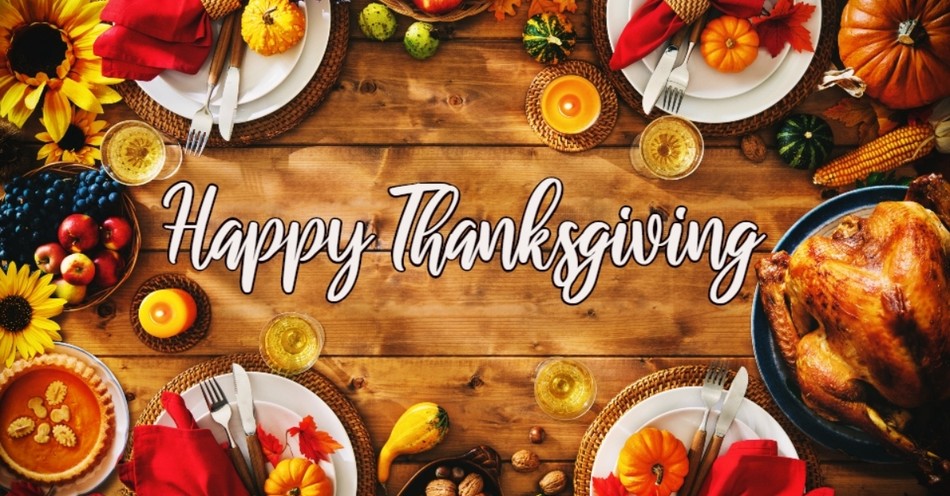Uncategorized
The Macy’s Thanksgiving Day Parade: A Journey Through the Decades
1. The Early Years: 1920s and 1930s – Setting the Stage
The first Macy’s Thanksgiving Day Parade was held in 1924, originating as a promotional event for the holiday season. Organized by Macy’s employees, it featured floats, bands, and live animals borrowed from the Central Park Zoo. Despite its modest beginning, the parade was an instant success, drawing an audience of over 250,000 spectators.
In 1927, the introduction of helium-filled balloons, including Felix the Cat, marked a turning point. Replacing live animals, these balloons quickly became synonymous with the parade’s charm. By the end of the 1930s, the event had already solidified its place as a cherished annual tradition.

2. Adapting Through Turbulent Times: 1940s and 1950s
The parade faced significant challenges during the 1940s, including a three-year hiatus from 1942 to 1944 due to World War II. The war effort necessitated the repurposing of parade materials, including the helium used for balloons. When the parade resumed in 1945, it symbolized post-war hope and renewal, drawing one of its largest audiences to date.
The 1950s marked the beginning of the parade’s broadcast era. In 1952, NBC began televising the event nationally, introducing the parade to millions of new viewers. Iconic balloons such as Popeye and Mighty Mouse made their debuts, capturing the imaginations of children and adults alike. This era also saw the inclusion of Broadway performances, blending theater with the parade’s pageantry.
3. The Golden Age: 1960s to 1980s – Expansion and Innovation
The 1960s brought further innovations, including the debut of some of the most memorable balloons in the parade’s history. Snoopy made his first appearance in 1968, and his various iterations have since become a fan favorite. The era also saw an expansion in the variety of floats, incorporating technological elements and artistic designs that elevated the parade’s visual storytelling.
In the 1970s and 1980s, the parade embraced pop culture like never before. Characters from television shows, movies, and comic books became staples of the event, reflecting the era’s growing media influence. For instance, Kermit the Frog joined the lineup in 1977, delighting fans of The Muppet Show. Moreover, the event increasingly featured celebrity performances, blending Hollywood glamour with Thanksgiving tradition.
4. Cultural Reflection and Resilience: 1990s to Early 2000s
The Macy’s Thanksgiving Day Parade has often served as a mirror for societal changes. The 1990s ushered in a new era of inclusivity and cultural diversity, reflected in its musical selections and performers. Balloons like Bart Simpson and Pokémon became fixtures, resonating with younger generations.
After the events of September 11, 2001, the parade took on additional significance. The 2001 edition honored first responders and highlighted themes of unity and perseverance. The floats and performances that year carried an added emotional weight, underscoring the parade’s role as a unifying national tradition during times of hardship.
5. Modern Marvels: 2010s to Today
The parade’s more recent history demonstrates its ability to balance tradition with modernity. Advancements in balloon design and float construction have led to increasingly elaborate displays, such as the debut of Baby Yoda in 2020. These innovations ensure the event remains fresh and exciting for contemporary audiences.
Additionally, the parade has adapted to changing viewing habits. NBC’s live broadcast remains a staple, but streaming platforms like Peacock have expanded access, allowing a new generation of viewers to enjoy the festivities. The inclusion of digital elements, such as augmented reality overlays, further enhances the viewing experience.
From: Activedesigntx
